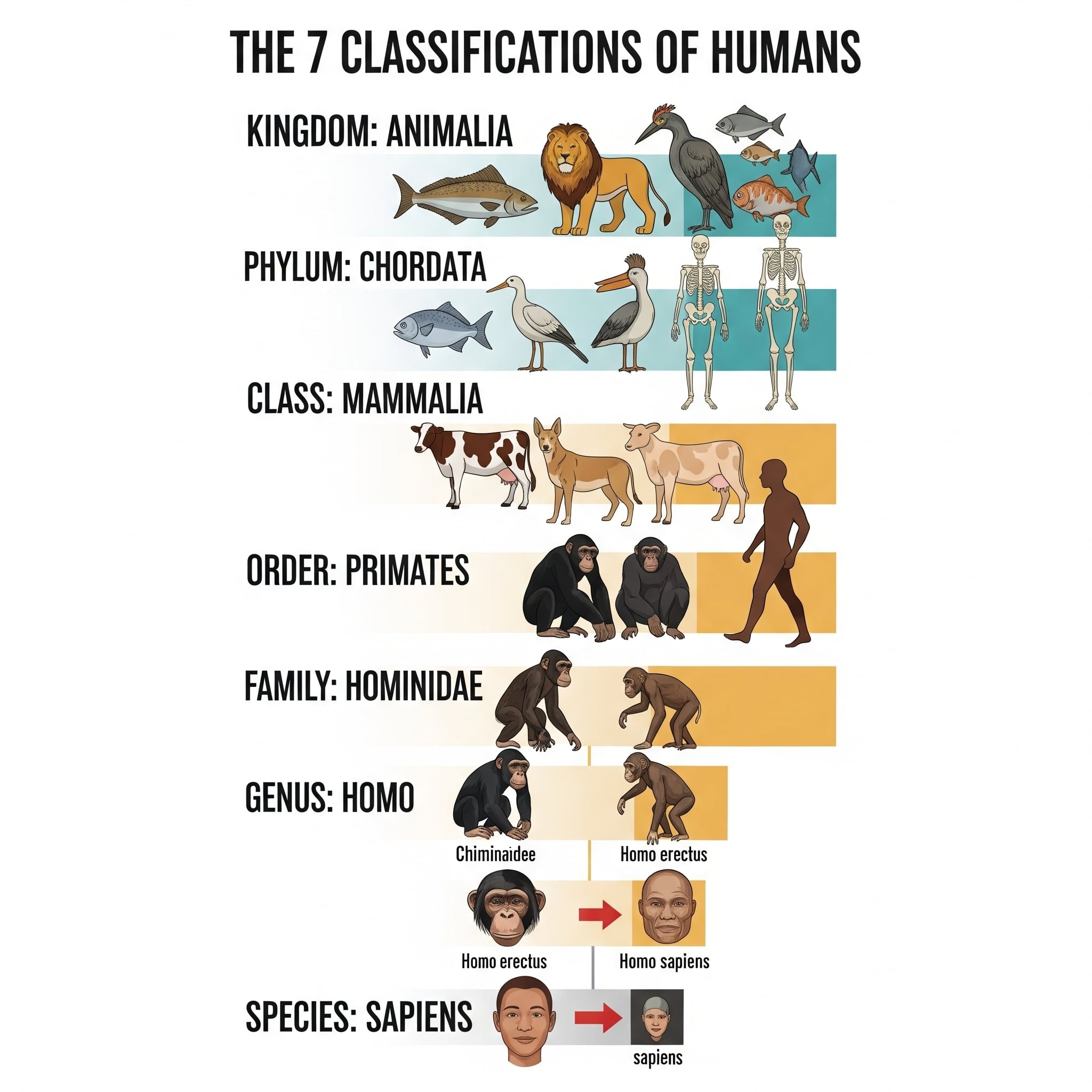Do you know why the scientific name for human beings isn't just "humans"? It has an interesting reason! Homo sapiens, the scientific name for humans, is a way to tell what kind of people we are. It helps keep things clear between people from different cultures and languages. The World Health Organization said in a report from 2025 that knowing our biological classification is very important for keeping track of how infectious diseases spread and coming up with new public health programs around the world.
A recent study from the National Science Foundation found that this method of scientific naming has been used to identify and name more than 8.7 million species. However, it is thought that 86% of all species are still waiting to be discovered. This common language of classification helps scientists figure out where we fit into the huge tree of life.
What is the Scientific Name for Humans?
You are now aware that Homo sapiens is the scientific name for humans. Carl Linnaeus came up with binomial nomenclature, which is a two-part naming system. The first part, Homo, is the name of the group of animals that humans belong to. The second part, sapiens, is the name of our species. Together, they create a unique and universally recognized identifier for our species, literally meaning "wise man" in Latin.
What are the 7 Classifications of Humans?
There are currently three universally accepted human species, but the genus Homo has had many different species over time. The seven classifications used to categorize humans are part of a larger taxonomic hierarchy. The classification of modern humans starts broadly and gets more specific:
-
Kingdom: Animalia
-
Phylum: Chordata
-
Class: Mammalia
-
Order: Primates
-
Family: Hominidae
-
Genus: Homo
-
Species: sapiens

List of Names for Human Species
There have been many extinct human species. Here are four of the most well-known types of human species:
-
Homo habilis: Lived from approximately 2.4 to 1.4 million years ago. Known as "handyman" for their use of stone tools.
-
Homo erectus: Lived from approximately 1.89 million to 110,000 years ago. Known for being the first hominin to migrate out of Africa.
-
Homo neanderthalensis: Commonly known as Neanderthals. They were a distinct species that coexisted with modern humans in Eurasia before their extinction around 40,000 years ago. Anthropologists talk about Neanderthals and Homo sapiens a lot because they are related, and some of them had kids together.
-
Homo sapiens: The only human species that is still alive. It evolved in Africa about 300,000 years ago.
Check out: What is the Scientific Name of Fish? Check Their Types and Habitat
Why are Scientific Names Important?
A Swedish botanist named Carl Linnaeus came up with the system of nomenclature in the 1700s. And biologists still use scientific names, which are also known as binomial nomenclature, to talk to each other. It gives a consistent way to name and group all known living things. It solves the confusion that comes with using common names, which can vary widely by region and language.
In the US, a "robin" is a different bird than in the UK. But their scientific names, Turdus migratorius and Erithacus rubecula, are clear. This standardized two-part name (genus and species) makes sure that scientists all over the world are talking about the same thing. This is very important for research, conservation, and medicine.
Check Out: What is the Scientific Name of Lion?
Homo sapiens, the scientific name for humans, is more than just a name. It's a big part of what makes us who we are and how we fit into the natural world. This classification helps scientists keep track of how we have changed over time and, more importantly, it helps protect biodiversity around the world. Using this common language, we can work together to make sure that all species, including our own, have a good future for everyone.
Comments
All Comments (0)
Join the conversation